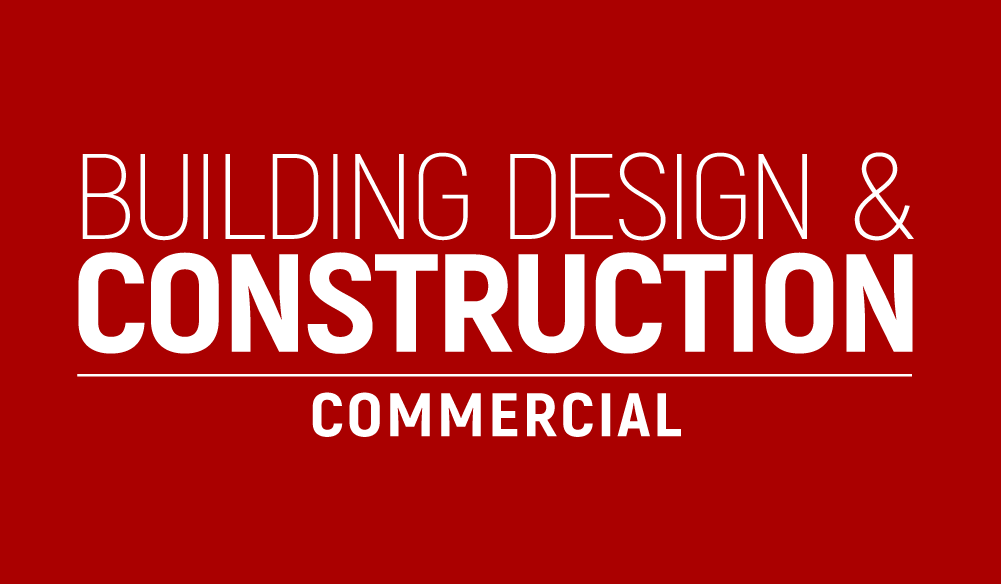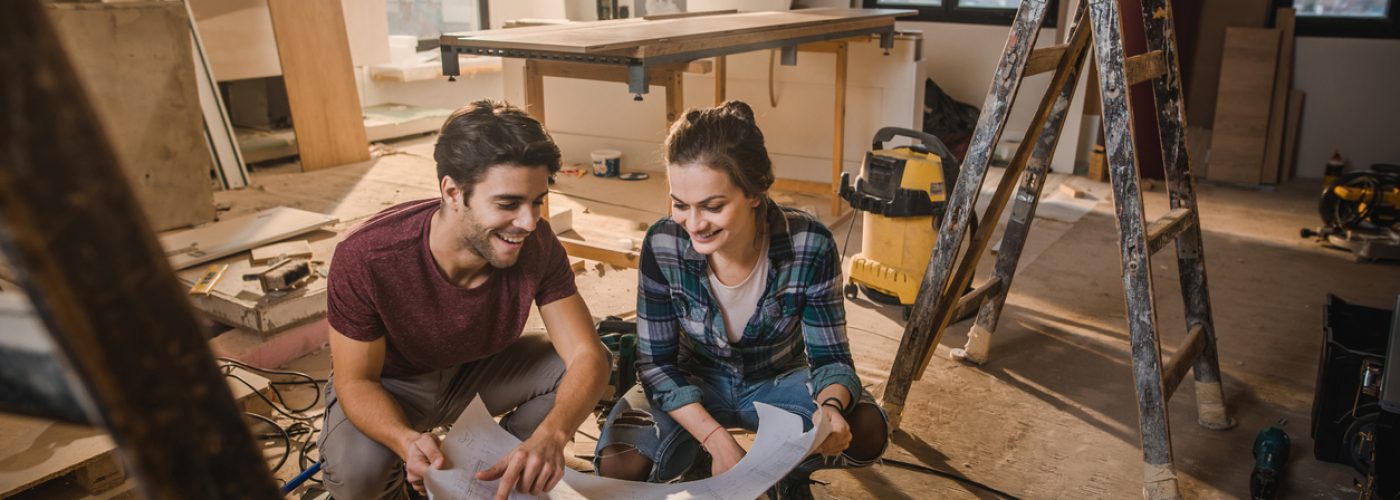An element can be describes as a certain key aspect or essential characteristic of something abstract, and while many interior designers use the 7 elements of interior design to managing any home makeover project, there is absolutely no reason why you can’t adopt the elements into your home for a more appealing outcome. Whether you are opting for a complete home makeover or you will be taking the slower route and modifying your home as your budget allows, the following elements should be taken into consideration while creating your home improvement plan.
Space
The first and most important element of interior design is space, and while the other elements are just as important, you should always start your plan by assessing just how much space you have at your disposal. The space in your home is defined by structural barriers, such as ceilings, walls, floors, and even your doors. Therefore, knowing how much space you have will help you begin your planning and determine whether a large centrepiece would be appropriate or a vertical decor item would be more suitable. For example, if your living room area is somewhat small, you could consider water walls for the home as this enchanting masterpiece would not take up much space. Overcrowding the space you have will result in a cluttered look.
Lines And Form
Lines and form are also important elements to consider. While form explains the general shape of structures and items, lines are the basis of forms, and therefore, many could consider these two elements as co-existing elements. As your bedroom is an open form, understanding which forms work well together is crucial. You should avoid using too many rectangular forms in rooms that appear notably stiff and square as you should merge these forms to enhance the appeal of softer form rooms.
Light And Colour
Light and colour are the next two elements of interior design that also work as a pair. When creating your lighting plan for each room, you should consider the colour coordination of your furnishing choices as well as your wall paint. However, your lighting plan should include at least 3 light sources for most rooms to ensure each room is able to showcase its content as best as possible. Colour may be every interior designers favourite element as this is generally where the fun begins. If you are after a modern home design, you should stray from matching too much of one colour and rather opt for one main colour throughout your home while complementing the main colour with at least 3-4 additional colour pops.
Patterns And Textures
Patterns and textures are important to bring vibrancy into a home. You can add textures with fabrics, plants, and even your choice of furnishings while patterns are usually most appropriate for fabrics. Most modern home interiors boast texture as accent pieces as designers make use of textures scatter cushions and even rugs. Patterns can also be included in your home with the help of enchanting abstract art.





